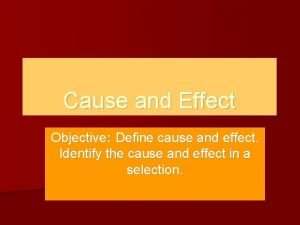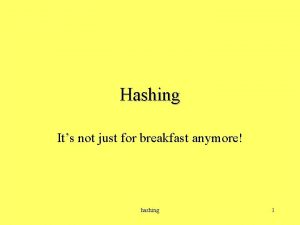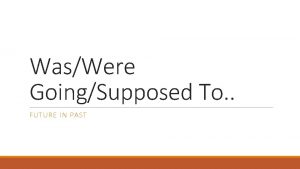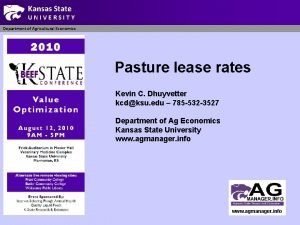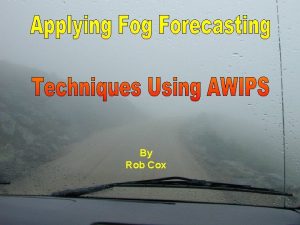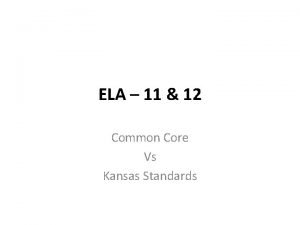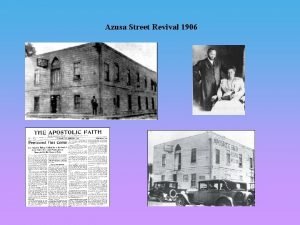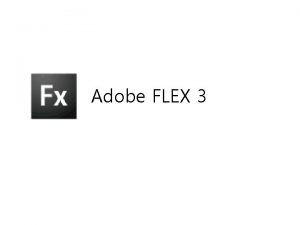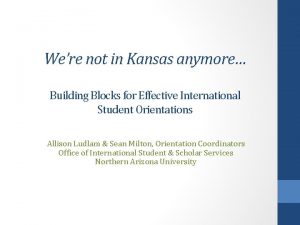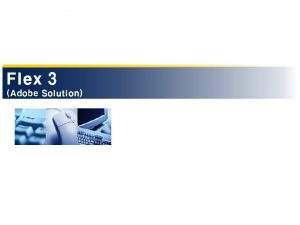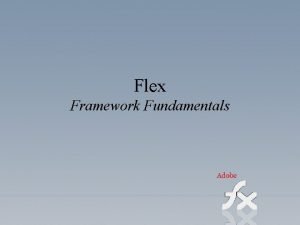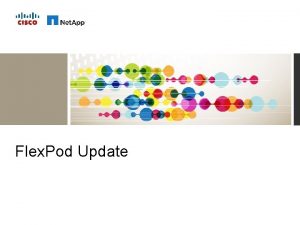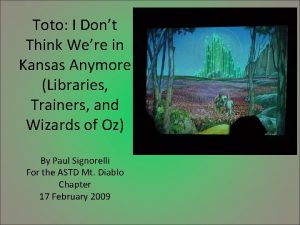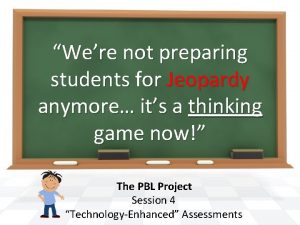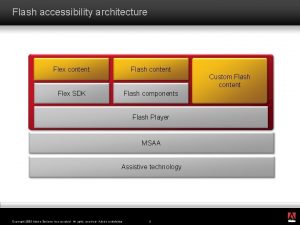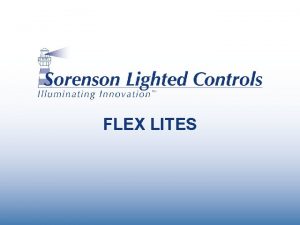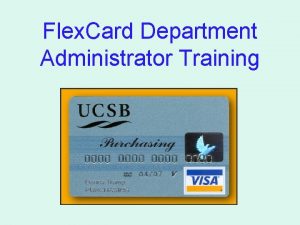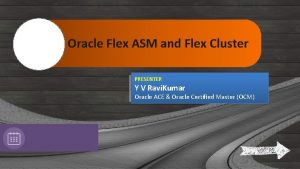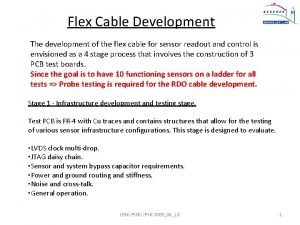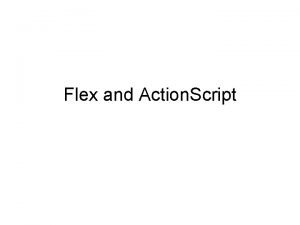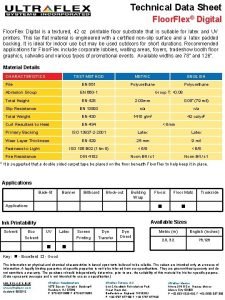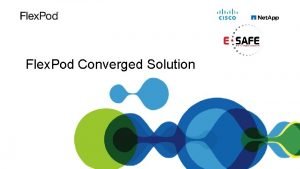Flex 2 Were Not in Kansas Anymore or




























- Slides: 28

Flex 2 We’re Not in Kansas Anymore! or Welcome to Flex Theo Rushin Jr theo@teratech. com Tera. Tech, Inc.

Speaker Information § § § Windows-based Developer - Since ‘ 85 Senior Cold. Fusion MX Developer - Since ‘ 99 Technical Instructor - Since ‘ 85 Flash Developer - Since ’ 99 Flex Developer – Since ’ 05 § Expert Snowboarder – Since ‘ 00

What is Flex? “Adobe Flex 2 is a powerful application development solution for creating and delivering cross-platform rich Internet applications (RIAs) within the enterprise and across the web. ” David Gassner

What is Flex? (cont. ) § It’s a programming framework § It’s an Eclipse based IDE § It’s a set of server-side data services

Why are we here 2004 WEB APPLICATIONS RICH INTERNET APPLICATIONS 1998 1992 MAINFRAME CLIENT/SERVER

What are the benefits? USERS DEVELOPERS IT OPERATIONS • Dynamic data interface • More functionality • Less server load • Less training and fewer errors • Less code • Less bandwidth • More interaction • Cleaner architecture • More users served with same infrastructure • Less development time Interfaces that Work Higher Productivity Operational Efficiency

Flex 2 Product Line Flex SDK 2 Flex Builder 2 MXML and Action. Script 3. 0 Visual Layout Flex Framework and Class Library Code Hinting Command-line Compiler & Debugger Flex Extensible Charting Components Charting 2 Flex Data Services 2 Message Service Data Management Service RPC Services Debugging Skinning and Styling

What do I need? § Download the Flex Builder 2 Trial üThis includes; § Flex 2 SDK § Flash Player 9 § Flex Builder Plug-in

What do I need? (cont. ) Alternatives? § Download the FREE Flex 2 SDK § Download Eclipse 3. 1. 1 or 3. 1. 2 § Download the Flex Builder 2 Trial

Your Journey Begins Here!

Flex Builder 2 IDE Flex™ Builder™ 2 is an Eclipse™ based IDE for developing rich Internet applications (RIAs) with the Adobe Flex framework.

Programming Languages You use two languages to write Flex applications: MXML and Action. Script.

Programming Languages (cont. ) MXML is an XML markup language that you use to lay out user-interface components. You also use MXML to declaratively define nonvisual aspects of an application, such as access to data sources on the server and data bindings between user-interface components and data sources on the server. MXML-defined applications are compiled into SWF files and rendered by the Adobe® Flash® Player 9

Programming Languages (cont. ) Action. Script is an object-oriented procedural programming language, based on the ECMAScript (ECMA-262) edition 4 draft language specification.

Programming Languages (cont. ) Developers can use Action. Script to implement custom behavior within their Flex applications. A declarative language like MXML is not appropriate for coding what you want to happen when the user clicks a button, for example. For that, you need to use a procedural language like Action. Script, which offers executable methods, various types of storage variables, and flow control such as conditionals and loops.

Layout, Constraints and Navigation The containers provided with the Flex framework let developers design complex, adaptive layouts with ease. Panel Canvas Hbox, Vbox Etc.

Layout, Constraints and Navigation Flex Builder features a constraint-based layout model that provides the control of absolute positioning while still retaining enough flexibility to respond smoothly to resizing.

Layout, Constraints and Navigation Flex features navigational containers that control user movement, among multiple children where the children are other containers. Tab. Navigator Accordian Etc.

Visual Controls User-interface components, such as Button, Text. Area, and Combo. Box controls allow you to quickly define a rich and engaging interface for you users. Label Checkbox Etc.

Events User interaction with your application can generate events. You can "listen" for these events in your code by adding event listeners, sometimes referred to as event handlers. The Flex event model is based on the Document Object Model (DOM) Level 3 Events Model.

Data-Driven Controls Several Flex controls can take input from a data provider, an object that contains data. Data. Grid Tree Horizontal. List Etc.

Server-side Communication … Flex 2 provides a new messaging infrastructure for building data-rich applications. There are three Flex features that are designed for moving data to and from applications: RPC services, the Data Management Service, and the Message Service.

Server-side Communication … RPC services Lets you create applications that make asynchronous requests to remote services that process the requests and then return data to your Flex application.

Server-side Communication … Data Management Services Lets you create applications that work with distributed data, and lets you manage large collections of data and nested data relationships, such as one-to-one and one-tomany relationships. Requires Flex Data Services

Server-side Communication Message Services lets you create applications that can send messages to and receive messages from other applications, including Flex applications and Java Message Service (JMS) applications. Requires Flex Data Services

Questions? Email me at theo@teratech. com

Flex Resources § Flex 2 product line ü http: //www. adobe. com/products/flex/ § Flex 2 stencils for Microsoft Visio ü http: //www. digimmersion. com/ § Adobe Flex News ü http: //weblogs. macromedia. com/mxna/index. cfm? query=by. M ost. Recent § Flex. Org ü http: //www. flex. org/

Thoughts for today… § Learn § Share § Have FUN! Beware of the Flying Monkeys!
 How to read pipe blueprints
How to read pipe blueprints What caused betsy to get the bird feeder
What caused betsy to get the bird feeder 580625685 mod 701
580625685 mod 701 Kansas kansas state fight
Kansas kansas state fight Why isn't pluto a planet anymore
Why isn't pluto a planet anymore Vocabulary workshop level d unit 1
Vocabulary workshop level d unit 1 Future in past
Future in past Why were the birds not cut in half in genesis 15:10
Why were the birds not cut in half in genesis 15:10 Miracles wichita ks
Miracles wichita ks Kansas state abbreviation
Kansas state abbreviation Pasture rent for cattle in kansas
Pasture rent for cattle in kansas Center for conflict resolution kansas city
Center for conflict resolution kansas city Wfo cox
Wfo cox University of kansas premed
University of kansas premed Kansas income tax rates
Kansas income tax rates Kansas ela standards
Kansas ela standards Ic cc ic sentences examples
Ic cc ic sentences examples Azusa street revival 1906
Azusa street revival 1906 Kansas assessment program
Kansas assessment program Dignity kansas city
Dignity kansas city Kan ed
Kan ed Kansas stock market game
Kansas stock market game Kansas health foundation
Kansas health foundation Agricultural accounting and finance kansas
Agricultural accounting and finance kansas Image
Image Laz parking kansas city
Laz parking kansas city Kansas eviction prevention program 2021
Kansas eviction prevention program 2021 Kansas nurse practice act
Kansas nurse practice act Communications strategy in kc
Communications strategy in kc

